Sustainable Items I would like to try

Last week I went over some of the items that I have been using to try and make my lifestyle more sustainable. This week’s post is about items that I would like to potentially try in the future or related to things I would like to start doing!
- Biodegradable Floss: I had never considered what impact floss has on the earth, as it seems so small, however after doing some research floss apparently only starts to decompose after about 50-80 years. So, if you consider all the floss that you have used in your life and know that it still exists, plus all the other floss being used be everyone else that can add up to a lot of floss! I did some research of alternatives and came across floss made out of silk. The floss referenced in the photo above was found on Amazon and comes in a glass container that can be refilled once done. After you use the floss it can be composted (this is convenient because almost all bathroom garbage bin waste can be recycled except for floss). I still have a lot of regular floss to be used up, so once that is done, I will start using this!
- Moss Street Market: The Moss Street Market is a local market that is held on Saturdays from 10:00am – 1:00pm. I would like to make a conscious effort to go to this on Saturdays to support local and stock up on what I need for the week. I do notice that some of the vendors use plastic on certain products, but I could likely get them without the plastic.
- Compostable Ziploc: These would be used as a last resort when I can’t use my Stasher bags. Sometimes there are things that need to be put in a plastic bag like this for whatever reason, so these would be a good alternative, as they can be composted once used!
- Elate Cosmetics: The makeup that I use now is from MAC and it is definitely not a sustainable company and I also believe they test on animals, as their products come from China and China requires animal testing. One reason why I did like to use their makeup is because they provide a recycling program. Elate Cosmetics provides refills (more sustainable than recycling) and their packaging is made out of plastic that can be recycled and bamboo that can be composted. This company is a more sustainable option, as their products are cruelty-free, they use ethical marketing and sustainable practices.
- Thrifting: Thrifting does reduce waste and pollution, which I obviously think is very important! I think I find this one to be the most difficult switch for me, as I am pretty picky when it comes to clothes and I also don’t like buying things that will not last. I often find that when I do go to thrift stores the quality isn’t great and the price isn’t very reasonable considering it has already been used. There does seem to be a lot more thrift stores opening up around Victoria and people seem to be switching into the mindset of thrifting first. That being said, I have cut back significantly on my shopping (also a money saver) and I hope that in the future I can start thrifting more. I also always donate my clothes or consign once I do not have any use for them!
- Silicone Baking Sheet: These are from Amazon and I think that they would be useful for baking, as I usually use tin foil and parchment paper. Tin foil can technically be recycled, but it needs to be clean and when you are using it for baking purposes it is pretty difficult to achieve that. Most parchment paper is not recyclable as it has a wax layer, however there are compostable versions that are available on Amazon. I think I would still like to try the silicone mat, as it will likely save me money and still avoid waste.
- Reusable To-Go Cutlery: I have seen a lot of places around town selling little cutlery to go packs and I would definitely like to purchase this. Sometimes I will get to school and realize that I have forgotten a fork or spoon and will have to resort to using plastic cutlery. Although it is my fault for forgetting to bring cutlery, I also feel frustrated that UVic claims to be striving for environmental sustainability in everything that they do yet there are only plastic options available when it comes to take-out food around campus. Most places around Victoria offer compostable options in a take-out setting, so I find it odd that UVic doesn’t have stricter policies in place around this!
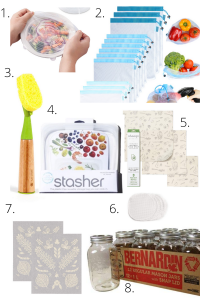
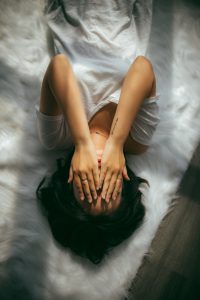
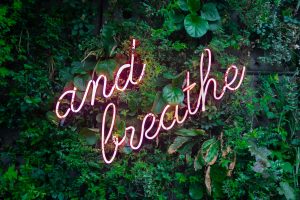
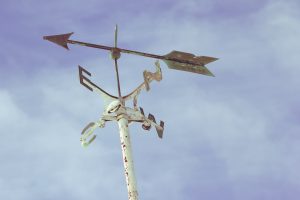
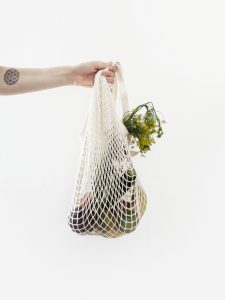
Recent Comments